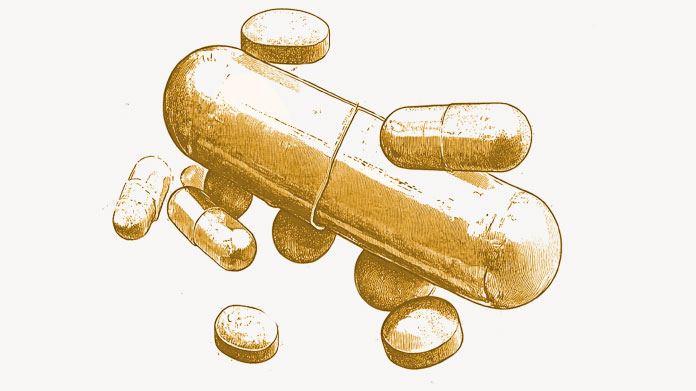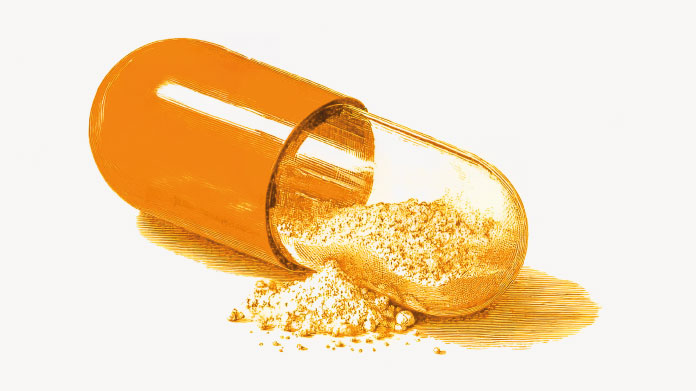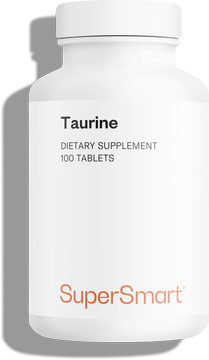How are dietary supplements produced?
Would you like to know how supplements are produced? SuperSmart shares with you the different stages of production of a dietary supplement.

A dietary supplement starts off as an idea
The process starts with a supplement company deciding to develop a new product. It could be a single substance (for example, a zinc orotate) supplement, or a formulation combining various compounds (such as a synergistic formula for the hair). The aim is to create a supplement that responds to a particular health or aesthetic concern, introduce a substance to the market which has been requested by customers, etc.
At SuperSmart, the final concept is the result of discussions between management, the scientific director and the procurement manager. The decisions taken are always based on the very latest scientific studies (tests, clinical trials …). Raw materials and doses are chosen for their ability to deliver powerful effects and optimal safety.
Then it’s over to the manufacturing laboratories
Once a concept has been ‘given the green light’, the company contacts one of its manufacturing laboratories to get the production process underway, starting with the encapsulation of the raw materials selected.
Close-up on the raw materials in supplements (vitamins, plant extracts …)
Let’s focus for a moment on the base materials used in supplements. These raw materials are provided by two types of supplier: the manufacturers direct or distributors (who are usually able to offer larger volumes). Origin, purity, method of collection, bioavailability ... - all these criteria are considered by SuperSmart.
These raw materials include vitamins, minerals, probiotic micro-organisms, etc. Commercial vitamin C, for example, is usually obtained from corn or wheat, the starch of which is converted into glucose. From this comes sorbitol which is itself converted into diacetone-2-keto-L-gulonic acid, re-structured to produce the well-known vitamin. Finally, the vitamin C is purified by recrystallisation.
When it comes to plants, there are two kinds of raw material - powders and extracts. With the first, the plant is dried and pulverised to produce a sievable powder. With the second, the active principles are extracted by macerating the plant (steeping it in a solvent). The solvent is then removed from the liquid extract by drying, resulting in the dry extract proper (1). SuperSmart primarily uses extracts as they offer the important advantage of being able to be titrated, which means the precise amount of active principles can be continually measured and adjusted: our ginseng extract, for example, is standardised to 30% ginsenosides. With titration, we can ensure the amount of ginsenosides remains consistent across all batches.
Note: some plant-based supplements are also sold in liquid form (such as our liquid extract of Desmodium or one of our stimulant formulations).
Production of capsules and role of excipients
As mentioned, the manufacturing laboratory is responsible for putting these raw materials into capsules (with the aid of an encapsulator) or making them into tablets (using a compression machine). For this, the raw materials are normally combined with excipients.
Excipients can fulfil several roles: they can make it easier to fill the capsules in the machines, act as support for the nutrients, solubilise a hydrophobic substance in a solution, preserve the active principle for longer ... SuperSmart always uses natural excipients (acacia gum, rice flour …) and whenever possible, no excipients at all.
Some supplements are also delivered in gastro-resistant capsules (such as delayed release capsules, used for many probiotics - this type of capsule optimises the microorganisms’ survival as far as the gut) (2).
The content of a supplement is, of course, rigorously analysed throughout the production process and each product is given a certificate of analysis (which is always available on the SuperSmart product description page).
Supplement journey: the last stages before marketing
The laboratory then places the capsules or tablets in blister packs or containers which are labelled, sealed and packaged before being dispatched to a specialist warehouse - a hub for various manufacturing laboratories. The new supplements can now be marketed on the Internet or in retail outlets.
For on-line supplement companies, it just remains to upload the detailed product sheet to their website. Customers can then place and receive their order, and benefit from the positive health effects of their newly-developed supplement.
References
- Abubakar AR, Haque M. Preparation of Medicinal Plants: Basic Extraction and Fractionation Procedures for Experimental Purposes. J Pharm Bioallied Sci. 2020 Jan-Mar;12(1):1-10. doi: 10.4103/jpbs.JPBS_175_19. Epub 2020 Jan 29. PMID: 32801594; PMCID: PMC7398001.
- Wang G, Chen Y, Xia Y, Song X, Ai L. Characteristics of Probiotic Preparations and Their Applications. Foods. 2022 Aug 16;11(16):2472. doi: 10.3390/foods11162472. PMID: 36010472; PMCID: PMC9407510.
Keywords
3 Days
Great customer service - responsive …
I ordered from them and my item was unavailable for sometime. I was super happy when they reactivated my order and shipped my item which arrived very quickly. Great customer service.
Ruth Rueter
4 Days
Super fast shipping
Super fast shipping
Donald Borling
7 Days
Reputable companysearch and the number of…
The research and the number of selection of products.
NAKHJAVAN Shervin
20 Days
The Anti Aromatase is a great product
The Anti Aromatase is a great product. You just need to have constant inventory. Recently this product has been out of stock.
GEORGE Verne
21 Days
Great help on chat
Great help on chat. Knowledgeable and friendly.
Jason Argos
25 Days
Customer service was fast and friendly.
Customer service helped to stop the transaction process of the subscription. I appreciated that.
Greenie
25 Days
I order here due to the high quality of…
I order here due to the high quality of the products and the quick delivery of items - thank you
Barbara J
26 Days
SuperSmart's Eye Pressure supplements: highly recommended!
I purchase SuperSmart's Eye Pressure supplements regularly for over 5 years, and gotta say they are truly a wonderful product for my Glaucoma. Highly recommended if you have eye pain from your Glaucoma.
D. Martinez
31 Days
Quick service
Quick service
MONELL
32 Days
Speedy service.
Speedy service.
ROSENTHAL Marvin
35 Days
Clear website- Efficient
Clear website. Excellent search engine and fast delivery!
Mohamad Hussein
38 Days
They have great products.
They have great products.
Vickie
38 Days
Great Shipping Time!
You Have A Great Shipping Time! Praise The Lord!
DMHoge
40 Days
Doctor Recommended!
Good pricing, very good availability, doctor recommended (couldn't find what I needed anywhere else), and it took only a week to arrive (which I can't complain about).
Al
41 Days
Great product and fast shipping
Great product and fast shipping
Marie





